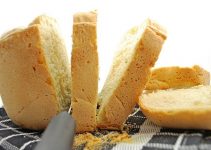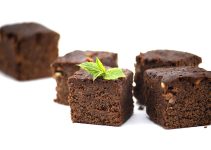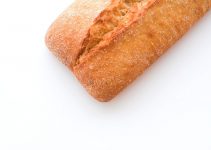The all-purpose flour vs self-raising flour is a comparison between two different flours.
If we’re comparing all purpose flour and bread flour, then we’re actually comparing two flours that have quite a lot in common. They’re also two of the best flours for sourdough.
On the other hand, self-raising flour belongs to a category all on its own. Let’s see what makes it so different. And why I prefer using plain flour in my recipes.
Contents
What is self-raising flour?
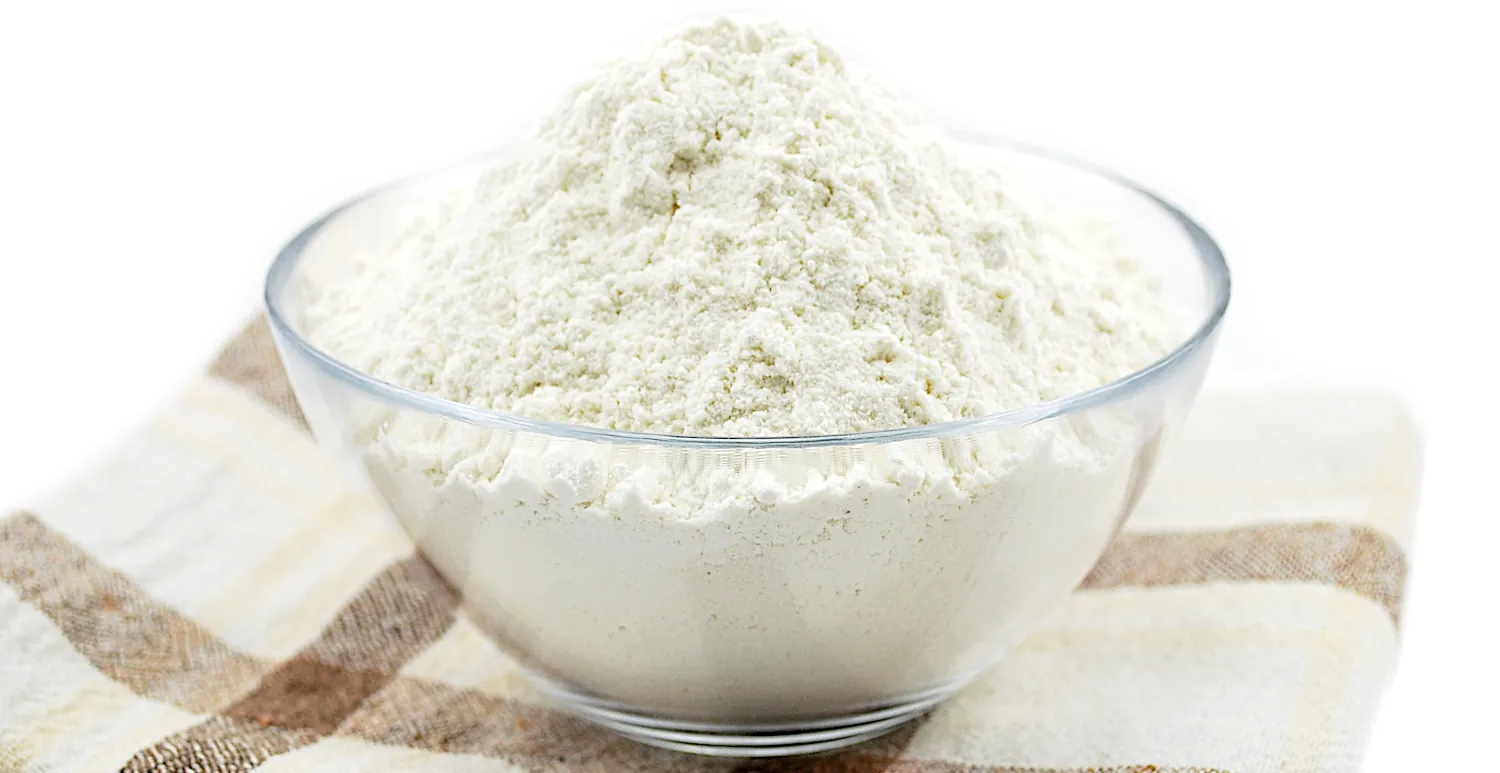
Let’s start by talking about the flour that is quite different from all the rest.
The name might give you an indication of what makes this flour different.
Self-raising means that it contains a leavening agent and we don’t have to use a separate leavening agent since the flour already contains it.
Is that what you’re thinking?
If you’re thinking that self raising flour is flour plus some leavening agent, then you are actually correct. Let’s see if there’s something else we’re missing.
There are three main leavening agents: yeast, baking soda, and baking powder. They are all quite different from each other.
Self raising flour ingredients
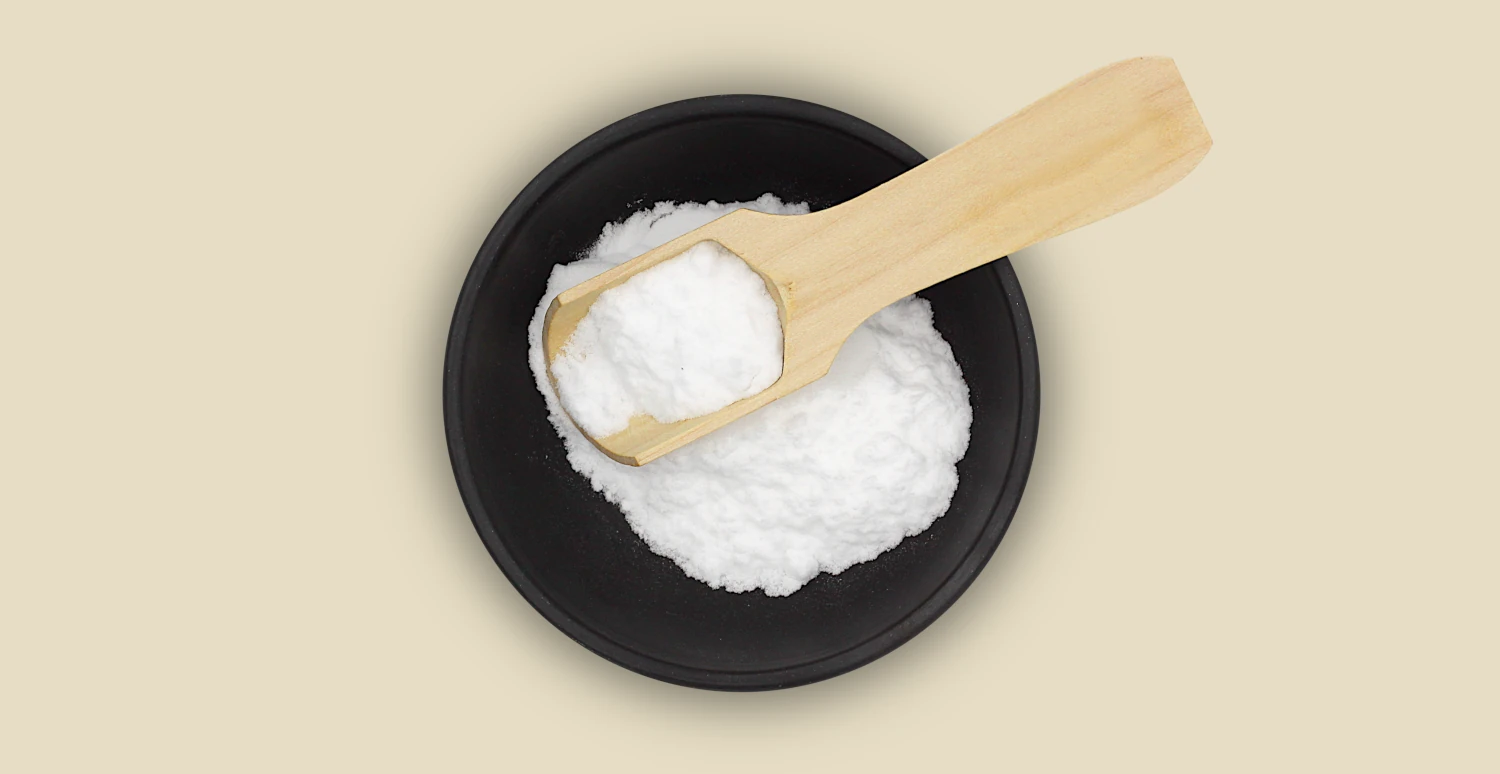
Baking Soda
Let’s take as an example the White Lily Unbleached Self-Raising Flour because it is quite popular.
The ingredients are: enriched flour (wheat flour, niacin, reduced iron, thiamine mononitrate, riboflavin, folic acid), leavening (sodium acid pyrophosphate, baking soda, monocalcium phosphate), salt.
It is made from 100% soft winter wheat.
As we can see from the ingredients from White Lily Unbleached Self-Raising Flour things are not as simple as we might originally assume but we also weren’t wrong either.
We can observe that the leavening agent is baking soda. Maybe, when some of us think of self-raising, we might imagine that the flour contains yeast as a leavening agent. That’s definitely not the case.
It turns out that self-raising flours contain either baking soda or baking powder.
And they contain salt.
These are also enriched flours, which means that they contain a bunch of other ingredients that have names that I can’t easily pronounce and I have no idea what some of those things are. I understand reduced iron and folic acid.
Riboflavin is a vitamin of the B complex. And the same goes for niacin. Thiamine mononitrate is also known as Vitamin B1.
So we have a bunch of vitamins and minerals. That’s what the enriched part means.
What is all purpose flour?
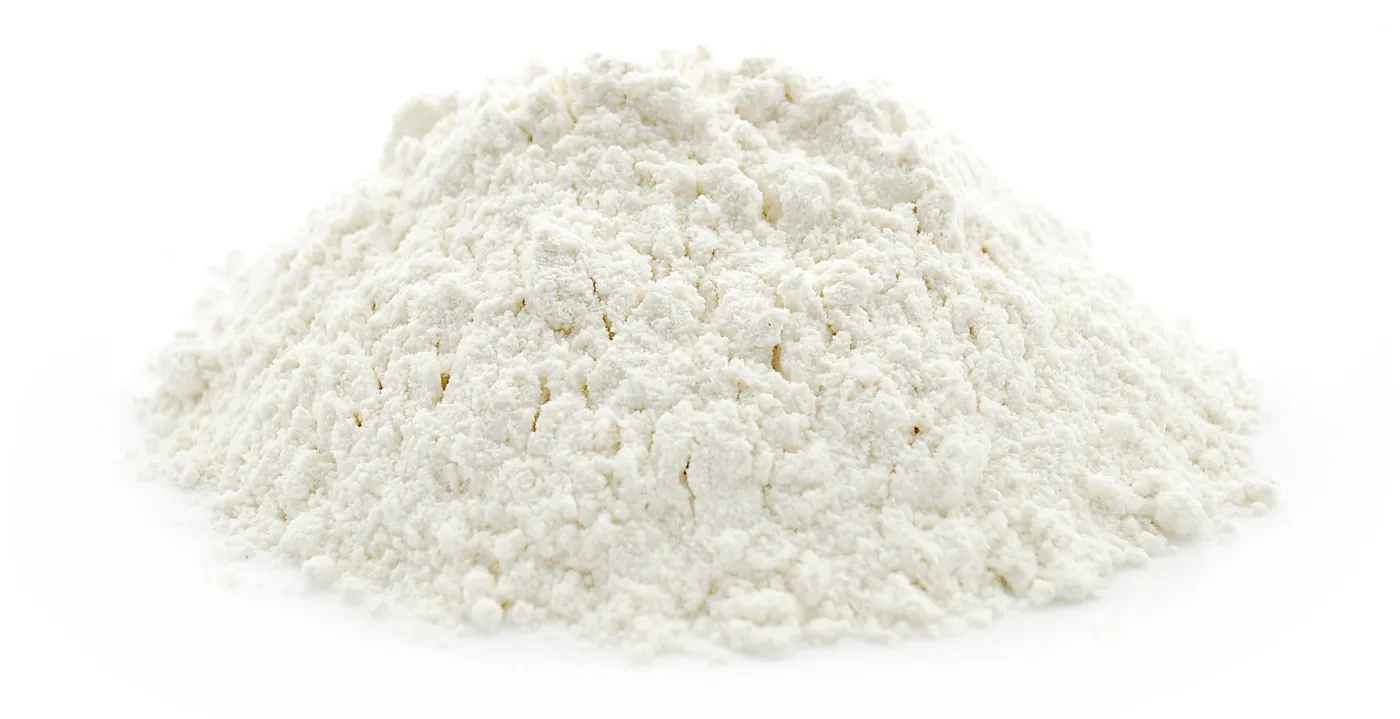
All purpose flour
It’s a white flour that is highly versatile and one of the most affordable flours to buy.
Basically, I consider all purpose to be the one flour to have in the pantry, unless you’re on a gluten-free diet.
If you were to buy just one bag of flour, buy all purpose and you can be sure that it will work for most recipes.
Also, buy unbleached because it won’t affect the fermentation process and it’s just healthier I guess we could say. I just like unbleached flours, that’s for sure.
It is a mild-flavored white flour that is made from the endosperm. The endosperm of wheat is the source of white flour. Whole wheat and whole grain are made from the entire kernel (bran, endosperm, and germ).
Let’s take the King Arthur All Purpose Flour as an example to see what it contains.
The ingredients are: unbleached hard red wheat flour, malted barley flour.
The list is definitely short. And there’s no leavening agent included among the ingredients.
Thus, when we use AP flour in a recipe we must also add a leavening agent. The leavening agent can be yeast, baking powder or baking soda, depending on the recipe we’re making.
We can make our own self-raising flour at home by mixing:
- 1 cup all purpose flour
- a pinch of salt
- and ½ teaspoon baking soda or 1 ½ teaspoons baking powder
And we can make our own flour if we use a grain mill.
All-Purpose Flour vs Self-Raising Flour: What They’re Used For
White Lily mentions that their enriched, unbleached self-raising flour can be used to make: biscuits, pancakes, cake, bread, pie crust, cookies, and brownies.
By bread, White Lily means quick breads. Quick breads simply means that baking soda or baking powder is used as leavening agent. Usually, breads are made with yeast and that’s why those that use a different leavening agent are called quick breads, to make that distinction.
Can we use all purpose flour to make the same baked goods? Yes, we can. They certainly have that in common.
All purpose flour is the flour that can replace both bread flour and pastry flour. If we’re truly desperate, it can even replace cake flour.
Although, we should keep in mind that cake flour is the most delicate so I normally wouldn’t recommend using all purpose flour to replace cake flour because we simply won’t get the same fluffy, cloudy texture.
Self-raising flour is actually closer to cake flour than all purpose flour is. That’s another difference that we should note in our all-purpose flour vs self-raising flour comparison.
Protein content
We couldn’t make an all-purpose flour vs self-raising flour comparison without discussing protein content.
Protein content is the clear indicator that characterizes flours of all kinds.
For example, bread flour (both white and whole wheat) have high protein contents, between 12 and 14%, and that’s why we use them to make bread.
Because their high gluten content will make the dough rise, have elasticity and maintain its shape.
We don’t want our bread to be delicate like cakes or pastries and that’s why we’re using flours with a high protein content. Rye flour also belongs to this category.
All purpose flour is right in the middle with a protein content of 10 to 12%. That makes it so versatile. It can be used to make bread but it can also be used for making other baked goods.
Pastry and cake flour have the lowest protein content, between 7 and 9%.
Where does self-raising flour fit in this protein content classification?
According to bobsredmill.com, self-raising flour has a protein content of about 8.5%.
It’s quite low, corresponding to pastry and cake flour. That’s why it can also be a replacement for them.
All in all, what we clearly saw in this all-purpose flour vs self-raising flour comparison is that these are two different baking ingredients that have just a few things in common.

